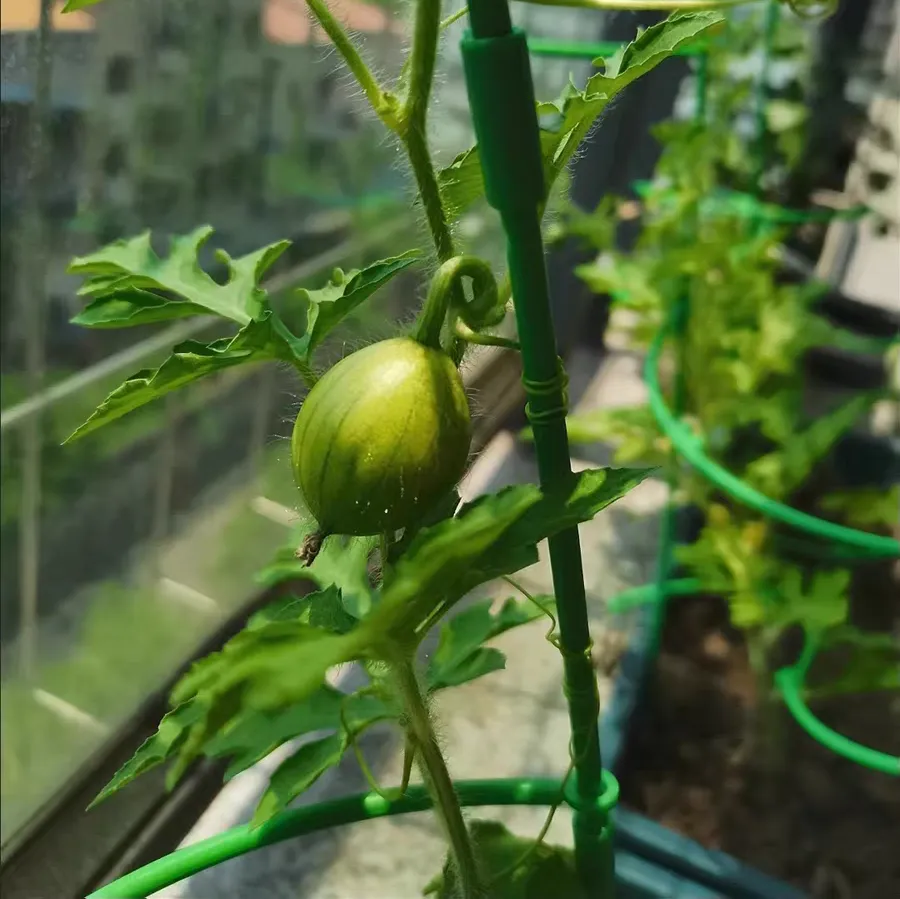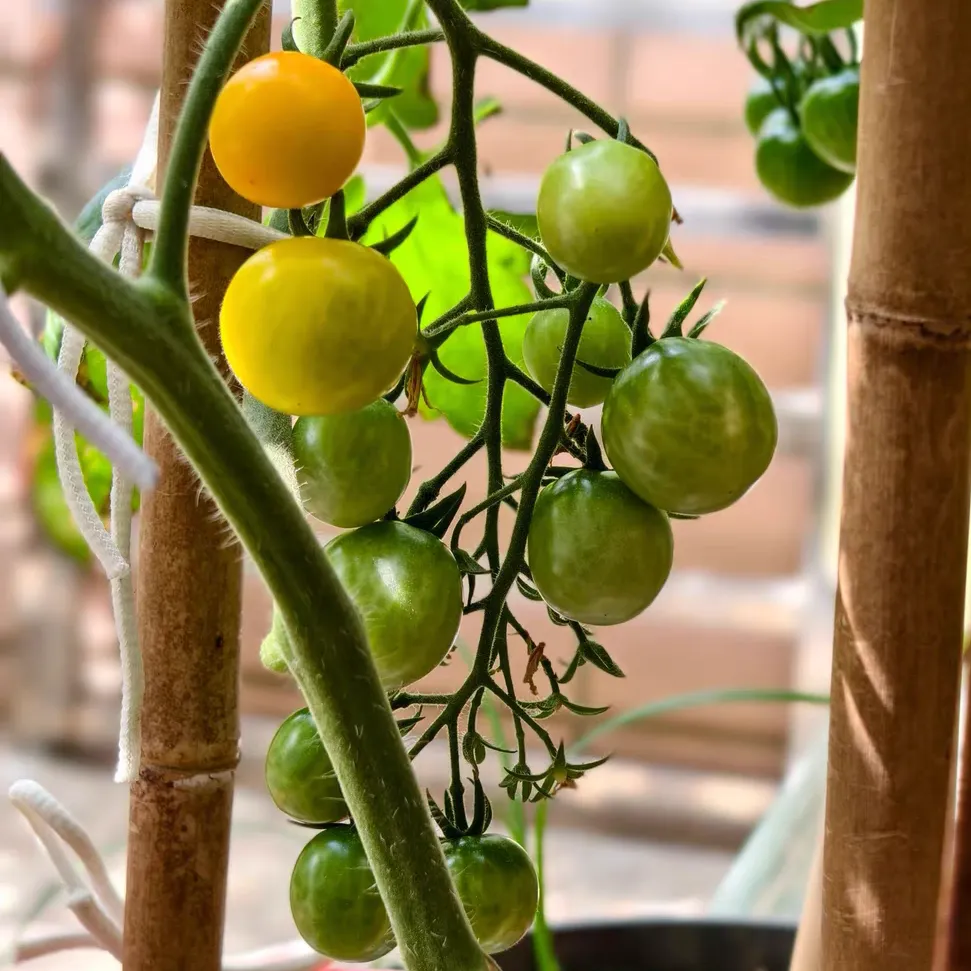As a delicate and elegant ornamental flower, Phalaenopsis orchids have high nutrient requirements for their growth and flowering. Insufficient fertilization can seriously affect the normal growth and ornamental value of Phalaenopsis orchids. Understanding the manifestations of insufficient fertilization and taking timely remedial measures are the keys to maintaining Phalaenopsis orchids well.
Manifestations of insufficient fertilization in Phalaenopsis orchids:
Abnormal leaf condition: Leaf yellowing is one of the most intuitive manifestations of insufficient fertilization. When there is a nitrogen deficiency, the leaves of Phalaenopsis orchids will gradually turn yellow from the bottom. The color is dull and lusterless, and the leaves become thinner and softer. If the fertilization is insufficient for a long time, the leaves will also curl and wither. The originally full and stretched leaves become shriveled and may even fall off prematurely. In addition, spots or patches may appear on the leaf surface, which is because the lack of other essential elements such as phosphorus and potassium affects the normal physiological functions of the leaves.
Slow growth: Insufficient fertilization will lead to a significant slowdown in the growth of Phalaenopsis orchids. New leaves are difficult to germinate and grow very slowly. It takes a long time to see new leaves emerging. The growth of existing leaves stagnates and it is difficult to reach the normal size and thickness. The whole plant appears short and thin, and there is a significant morphological difference compared with the healthy plants with normal fertilization. During the flowering period, due to the insufficient nutrient supply, the flower bud differentiation is blocked, the flower stem is thin and short, the number of flower buds is reduced, and even the flower buds cannot be formed, resulting in a significant decrease in the number of flowers.
Decline in flower quality: Even if they can bloom, the flower quality of Phalaenopsis orchids with insufficient fertilization will be greatly reduced. The flowers are smaller, the flower color is pale, lacking the bright and full color, and the ornamental value is significantly reduced. Moreover, the flowering time is short and the flowers are easy to wither, and it is impossible to maintain a good ornamental state for a long time. Some flowers may also be deformed, and the petals are incompletely developed, affecting the overall beauty.
What to do about insufficient fertilization in Phalaenopsis orchids?
Choose the right fertilizer: For the situation of insufficient fertilization, the first thing is to choose the right fertilizer. You can choose a special orchid fertilizer rich in nitrogen, phosphorus, potassium and a variety of trace elements, or use well - decomposed organic fertilizers such as bean cake fertilizer and bone meal. Nitrogen fertilizer can promote leaf growth, phosphorus fertilizer is helpful for root development and flower bud differentiation, potassium fertilizer can enhance the stress resistance of plants, and a variety of trace elements can ensure the normal operation of various physiological functions of plants.
Fertilize scientifically: Adopt the principle of "applying thin fertilizer frequently" for fertilization. During the vigorous growth period, such as spring and summer, apply a thin liquid fertilizer every 7 - 10 days. The fertilizer can be diluted to the appropriate concentration and then poured into the planting material. In autumn, the growth rate of the plant slows down, and the fertilizer can be applied every 10 - 15 days. In winter, Phalaenopsis orchids grow slowly and have less demand for fertilizer. You can suspend fertilization or apply a thin liquid fertilizer once a month. In addition to root fertilization, foliar fertilization can also be carried out. Spray the diluted fertilizer solution on the leaf surface and absorb nutrients through the leaves to quickly supplement the nutrients needed by the plant. However, it should be noted that foliar fertilization should be avoided during high - temperature and strong - light periods to prevent leaf burn.
Improve the fertilization method: If the previous fertilization method is improper, resulting in insufficient fertilization, it needs to be adjusted in a timely manner. When fertilizing, ensure that the fertilizer is evenly distributed in the planting material to avoid local excessive or low concentration. Methods such as circular fertilization and hole fertilization can be used to apply the fertilizer at a certain distance from the root system of the plant to promote the uniform absorption of nutrients by the root system. At the same time, after fertilization, water properly to help the fertilizer dissolve and penetrate, so that the root system can better absorb nutrients, but avoid excessive watering to cause waterlogging.
Regular observation and adjustment: After taking remedial measures, regularly observe the growth of Phalaenopsis orchids. If the leaves of the plant gradually regain their luster, new leaves begin to grow normally, the flower stem becomes thick and strong, and the number of flower buds increases, it means that the fertilization measures have taken effect. If the plant still has no obvious improvement, it may be necessary to further adjust the type of fertilizer and the fertilization frequency until the plant returns to a healthy growth state.
Understanding the manifestations of insufficient fertilization in Phalaenopsis orchids and taking effective remedial measures in a timely manner can make Phalaenopsis orchids rejuvenate and bloom, adding more beauty to our lives.
What are the manifestations of insufficient fertilization in Phalaenopsis orchids?

Share with
Tagged in :




Leave a Reply